From improvisation to product course | Avni Institution 2017
A couple of products from Yotam’s mini-course at the Avni Institute of Art and Design.
Together with product design students (years 3-4), Yotam broke down the various values and signs of the improvised as a design style, while demonstrating the work of professional designers who take advantage of the aesthetic and narrative qualities of the worn, the repaired and the found. The course continued to explore the wide spectrum of the intermediate states stretching between the improvisation and the professional product, when the final goal was to design an industrial product in nature, which contains the “values of improvisation” or draws inspiration from existing improvisation.
+
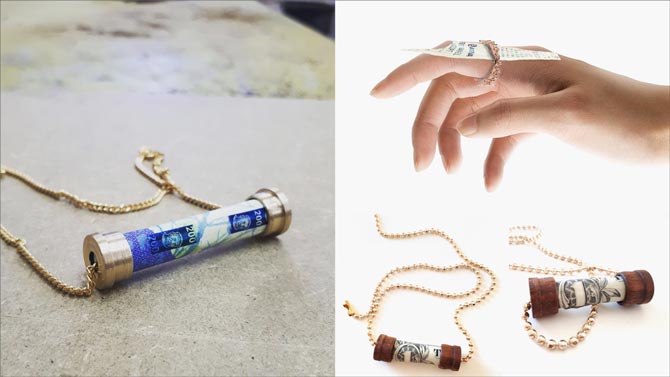
In the “White Money for a Black Day” project, Yam Sde was inspired by a woman on the bus who used her ring to keep the ticket. Contrary to a temporary solution that gave the inspiration, Yam requested to produce a “slick” of money in case of emergency. The note gives the product decorative status, as long as it is not required to be useful.
+
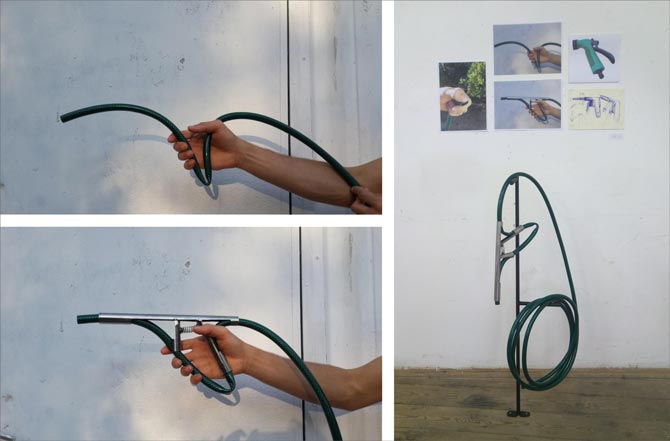
Nir Eiger studied the everyday improvisation of routing the current in the garden irrigation pipe with gestures of the finger and folding the pipe, compared to the industrialized “spritzer”. By deconstructing the mechanism, he created a humorous hybrid product.
+
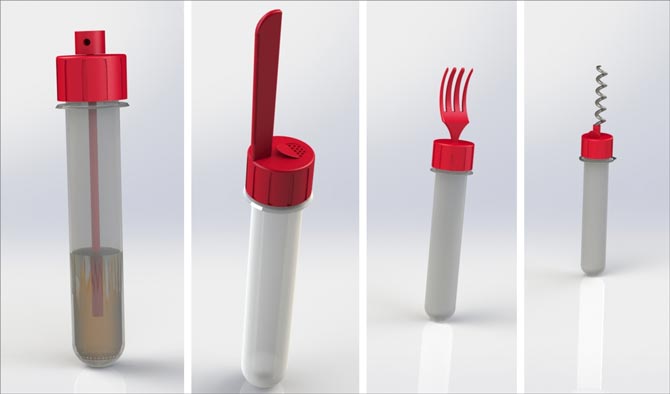
As a traveler and a fan of outdoor cooking, Daniel Asher was exposed to the problem of not having a dedicated spice kit for the field, on every trip he improvises: markers, plastic boxes, bags, etc. The product he developed makes use of the recycling of a standard Coca-Cola bottle before it is inflated and uses the standard cap as a replaceable head for different uses: a salt shaker, an oil sprayer, and cutlery.
+
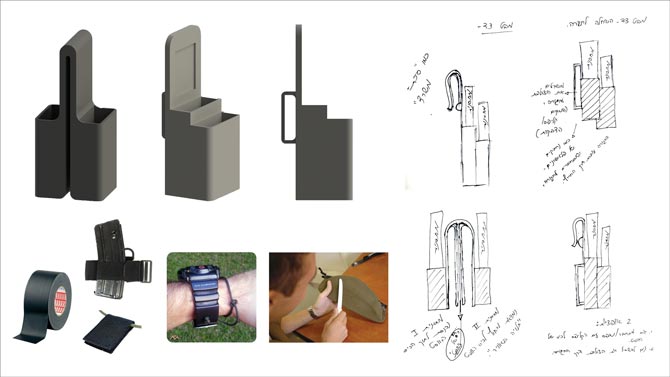
An example of Liat Biton’s outstanding research process. Liat compiled a questionnaire dealing with “improvements” in the IDF and passed it among her husband’s reserve unit. Following it, she identified a problem with the device for the cross cartridge, which due to design problems the soldiers prefer to improvise their own solutions. A study of these improvisations led her to a new and more efficient design.
+
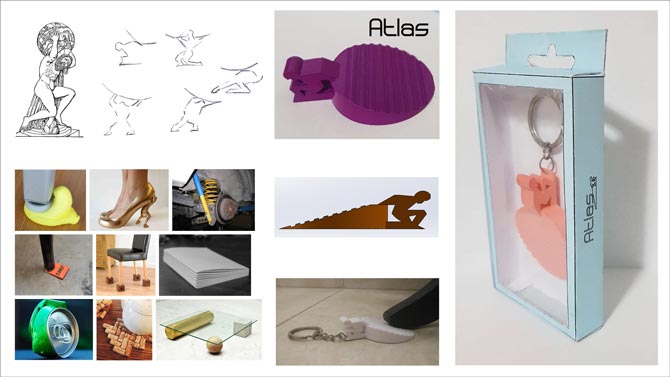
The Greek myth about Atlas carrying the world on his shoulders and the architectural element “pillars of Atlas” which was inspired by it, were used by Sarit Medemon who researched various improvisations to stabilize a swinging table as a formal and narrative inspiration for a designed product.
+
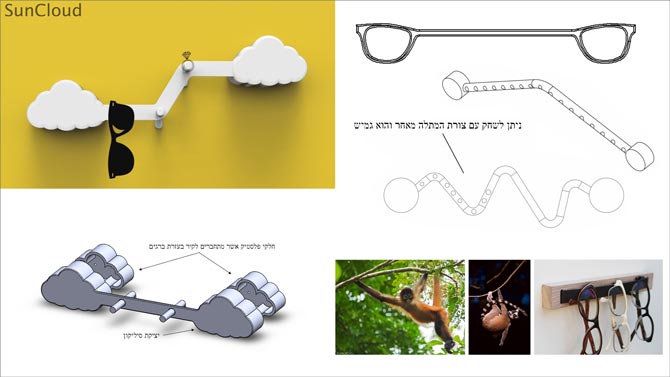
Dana Kadosh has a problem: her collection of sunglasses grows from season to season and the improvised hanging solutions are not flexible enough for the changing amount. In response, she used the course to design a flexible rack, made of molded plastic and silicone, which is also used as a “slick” for jewelry.
Categories
- Art »
- Bricolage »
- Collaborations »
- Courses & Education »
- Exhibitions »
- Inspiration »
- Our Clients »
- Projects »